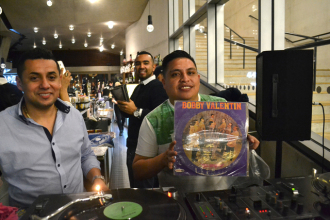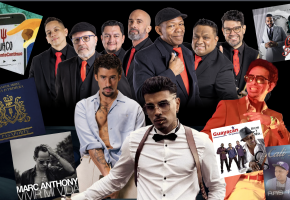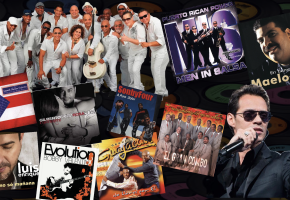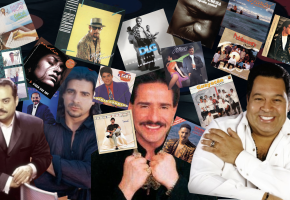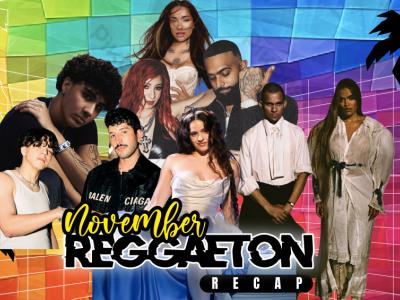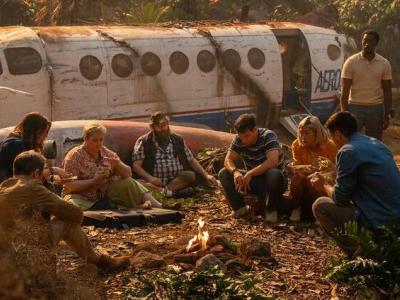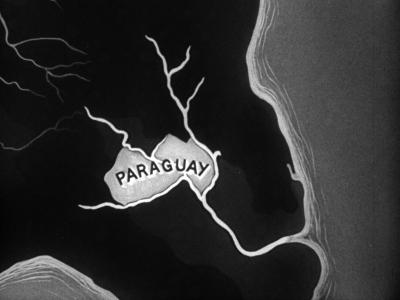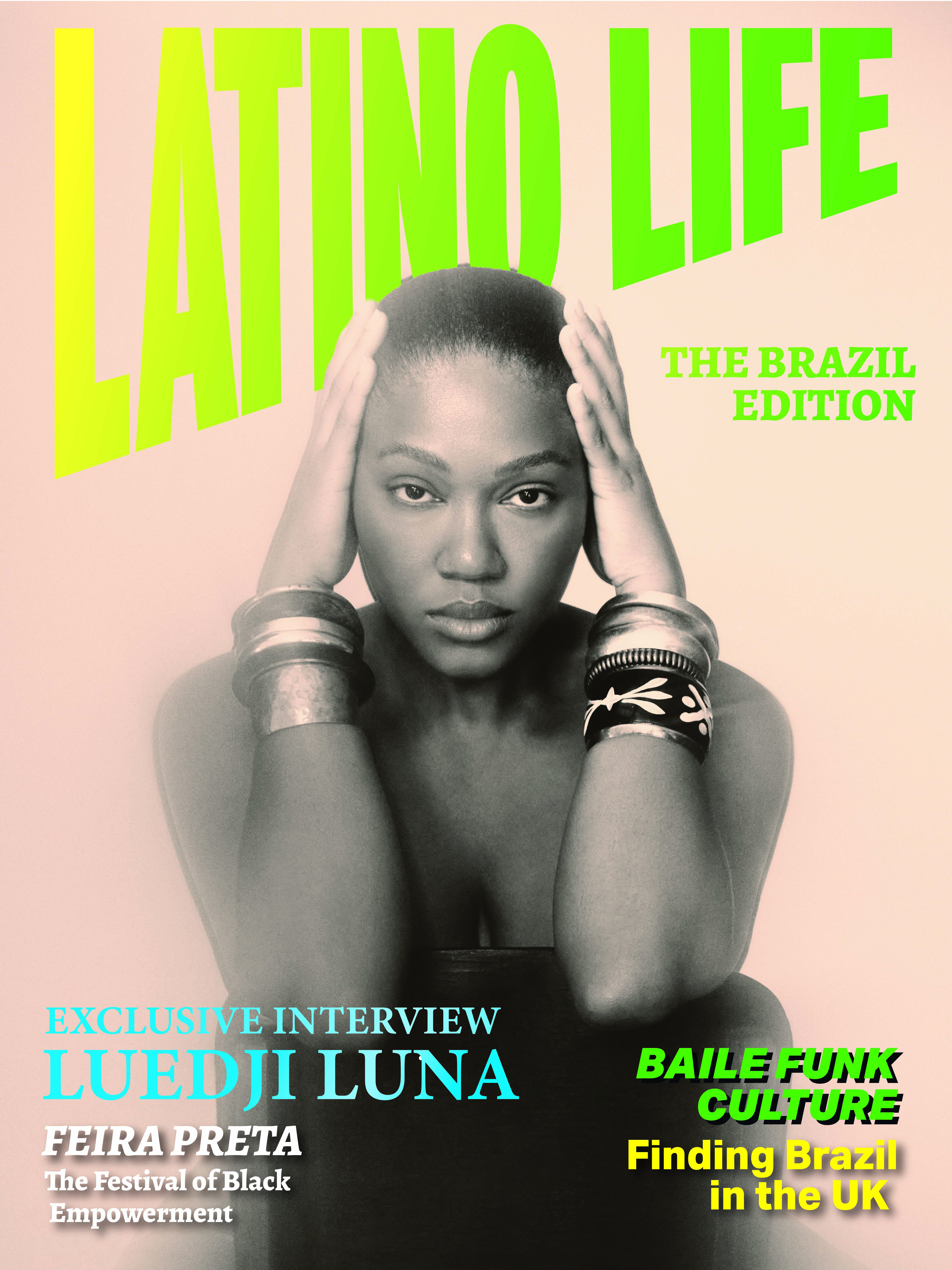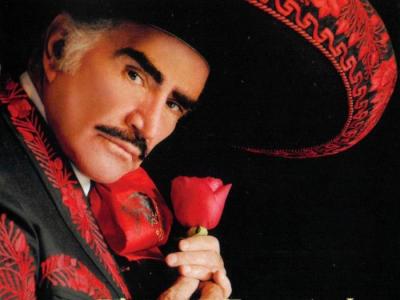On a Monday night in London, the Terrace bar at Tate Modern hosted an unlikely pop-up exhibition. Social Cement’s “Salsoteca,” co-produced by Jose Luis Seijas and artist Lucy Harrison, featured 7 DJs, known for their vinyl collections, and a movie room playing various rate films including PBS’ “The Salsa Revolution,” The walls were adorned with classic album covers of the golden age of salsa, not least by legendary Fania designer Izzy Sanabria - the polymath who coined the term salsa.
Sanabria could be heard in the movie room on screen telling a story about a promotional poster he created for a Willie Colon album in the style of the FBI’s Most Wanted bulletins. The poster set off a bit of a panic to those who couldn’t read in English. “Willie Colon’s grandmother almost had a heart attack,” says Sanabria. “Her neighbors came in, ‘Ay! Tu no sabe que el FBI esta buscando Willie!’

What is a Salsoteca?
DJ and record collector Luis Enrique “Kike” Escobar describes salsotecas as vinyl museums in Lise A. Waxer’s “The City of Musical Memory: Salsa, Record Grooves, and Popular Culture in Cali, Colombia.” Salsotecas were places of classic salsa worship and preservation—a place safe from the encroaching and homogenizing power of radio stations.
Jose Luis, organizer/DJ/producer says of the event at Tate Modern, “It was an art installation and community event rather than a party.” The provenance for the exhibition was inspired by salsotecas in Cali, places where people got together to listen to music, analyse the lyrics, note modalities and nuances instead of dancing.
“It’s like a jazz sort of enjoyment,” says the Venezuelan. “People go to jazz clubs and you don’t see people dancing like maniacs. Sometimes they would do something called audiciones and it could be like the Sonora Ponceña theme tonight. And people would bring just records from the Sonora Ponceña and spend 6 hours listening to Sonora Ponceña songs or songs that were covered by other bands. They would bring their güiro and play over a track. And there was a visual part. They would show videos and talk about it. It was a type of community. A very organic way of learning about music.”
But as anyone who has ever heard salsa music, it was very hard not to want to dance our hearts out on Monday night.
Indeed, I interrupted Sam “Mr. Sleek Dance” during a break for tea between glorious spectacles of polished footwork, showmanship and actual fun. Though not one of the group of purists who had come only to dance to vinyl, he admitted that, “most the shows that we do, we do to old songs from the 60s, 70s and 80s with some of the biggest artists. Which is a shame because some of the new dancers have no idea who these artists are.”
Click below for Salsoteca soundcloud
Is salsa dead?
Jose Luis says, “Well, a lot of people say that it is. But you have to see the bigger picture—the larger context. In Colombia, salsa is alive and kicking.”
I ask if salsa is so alive in Colombia because of emerging artists in the genre. Jose Luis says no, “They have this fascination—it’s almost like a religion in Colombia—music in general, but especially salsa. They keep consuming huge amounts of salsa constantly. They produce new music and they consume the old music—there is a combination. So it’s not just about new artists.”
Are there new artists who are really important in salsa right now?
Jose Luis redirects our gaze to a new sound coming from Europe. “It’s called Tromboranga. They are from all over the place but they are based in Barcelona. A very important part of the new salsa DNA is in Europe. And Mercadonegro, which is fantastic! They are based in Switzerland.” He also points a new sound emerging from Colombia called salsa choke, a salsa/reggaeton mashup.
Our conversation doesn’t end there. Jose Luis slips out of an uncomfortable English into an expeditious Spanish about the documentary series “Beats of the Heart,” co-founder of the Young Lords New York chapter Felipe Luciano, Ruben Blades, musical storytelling and identifying “Pedro Navaja” as la gran obra de la salsa.
Listen more, dance less?
Never that. Perhaps though, in an effort to preserve the art form that is salsa, we should resurrect the salsoteca. I’m not just talking about a literal preservation in museums, but deeper exploration of the art form in our living rooms, among our friends, with older and younger folks in our family, with our fellow scholars and especially with salsa lovers who don’t speak Spanish. Translate those lyrics of migration, progeny, poverty, upward mobility, nationhood, love, religion. Let nostalgia manifest in sapient exchange. As often as we make room to dance, let us too create discursive spaces en el nombre de la salsa.
Maria V. Luna is a freelance journalist based in London. For more articles visit her blog https://mariavluna.com/
Salsoteca was co-produced by DJ/producer Jose Luis and Artist Lucy Harrison as part of her Social Cement project http://www.lucy-harrison.co.uk/projects/social-cement/


